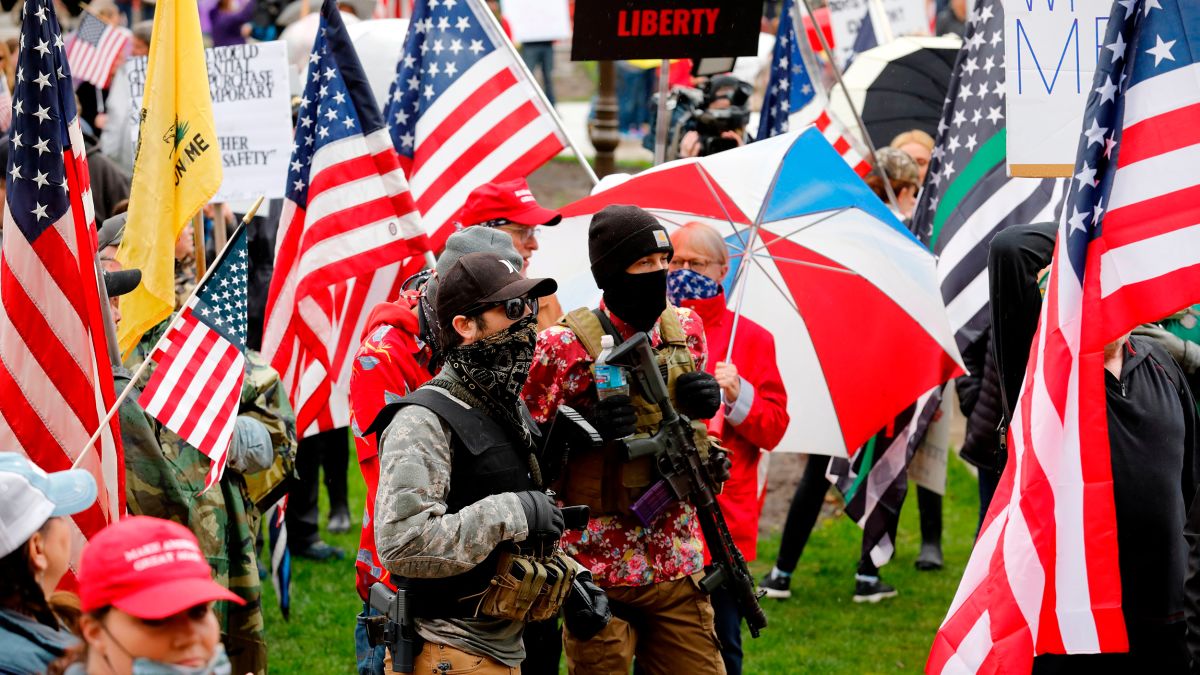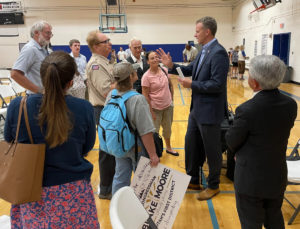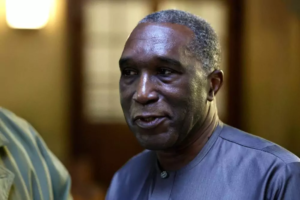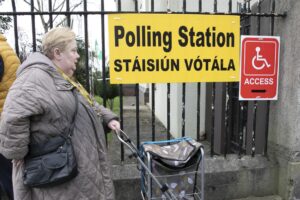Editor’s Note: Derrick Johnson is the president and CEO of the NAACP, America’s largest civil rights organization. Follow him on Twitter @DerrickNAACP. The views expressed in this commentary are those of the author. View more opinion on CNN.
For a minute there, it looked like we were all in this together. And then we weren’t.
From embracing stay-at-home orders to stop the spread of Covid-19, we’ve come to see armed protesters storm state capitols to end the lockdown. Why has the attitude toward the pandemic crisis shifted so greatly?
Data emerged that, for the first time, specified infection and death rates by race — and the face of the pandemic changed. It became Black. And the fragile sense of social solidarity that was keeping millions of Americans at home to protect themselves and each other began to crumble.
Call it white flight.
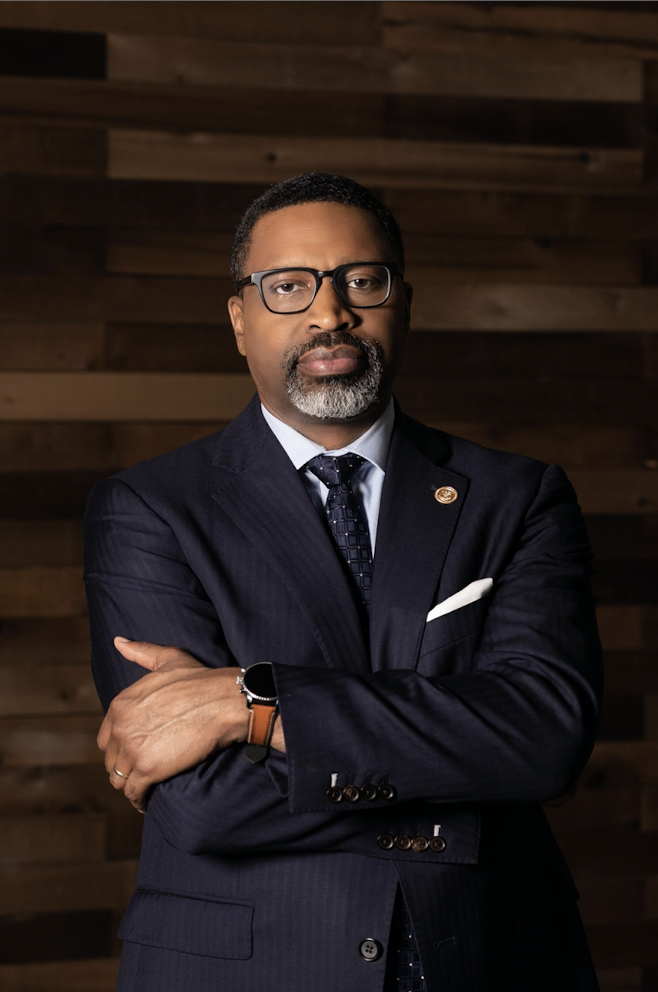
Throughout the 20th century — and even today — as Black people moved into previously segregated neighborhoods, the existing white residents moved out in large numbers. The coronavirus pandemic and worldwide lockdowns may be new to the globe, but the racial dynamics underlying our nation’s response are wearyingly familiar.
I was not surprised to learn that Black people are the hardest-hit by the virus or the least-served by the institutions, systems, and leaders charged with addressing the pandemic. African Americans, who comprise 13% of the US population, make up nearly 28% of Covid-19 cases.
We knew that people of color are overrepresented in poorly paid but suddenly essential frontline jobs, that African Americans are more likely to live in crowded housing making social distance difficult. We recognized that Black people tend to live in highly polluted neighborhoods resulting in higher rates than white people of the respiratory conditions that make patients most vulnerable to dying from Covid-19.
It wasn’t a surprise to many of us that the shortage of hospitals and health care providers serving our communities, combined with the biased assumptions that lead doctors to undertreat Black people’s pain and heart attacks, would result in African Americans finding it harder to get tested and treated.
And we knew that as soon as the pandemic became racialized, many Americans would no longer be willing to make sacrifices in order to address a crisis that suddenly seemed to be not about “us” but about “them.”
Take a look at the timeline. On April 8, the the Centers for Disease Control and Prevention released a report showing that Black people were dramatically over-represented among Covid-19 patients sick enough to be hospitalized.
Five days later, on April 13, a small but furious group of protesters, virtually all white, some wearing MAGA hats, gathered outside the Ohio statehouse to demand Gov. Mike DeWine reopen the state.
I t didn’t stop there. From Texas to North Carolina the protesters gathered — organized by right-wing groups and supported by Republican legislators, including the president — many wearing Trump gear, and some displaying Confederate flags and brandishing automatic weapons. The same scene repeated on April 30 in Michigan, when armed protesters stormed the state house and tried to push their way in.
A Fox Nation host likened the nation’s stay-at-home orders to “willful slavery” in a since-deleted tweet. A state senator in Michigan made the connection eloquently but silently, by wearing onto the legislative floor a face mask that resembled the Confederate flag.
This racialization of public events is nothing new. From former President Richard Nixon’s war on drugs, which a top aide later acknowledged was designed to criminalize Nixon’s “two enemies: the antiwar left and black people;” to former President George H.W. Bush’s use in 1988 of the infamous “Willie Horton” campaign ad, which became the very definition of a racist dog whistle; to the Russians swamping social media with posts about the Black Lives Matter movement in order to drive white voters to Trump in 2016, racist scare tactics have long been used to pit Americans against one another. During this pandemic, racism has already been weaponized to splinter any national unity.
Lives and livelihoods are at stake, most acutely in Black and brown communities — but so is our democracy. We are seeing high levels of scarcity, with extreme unemployment numbers, while the nation’s chief executive uses his bully pulpit to sow division and demonize otherness. With the elections approaching, our country could sink to a level of tribalism that leads to violence.
We could make this another instance of white flight — from public health realities, from collective responsibility, from the recognition that the pandemic imperils people of all colors and communities. Or we could answer the call to rise together and fight the pandemic, using science and reason as our guides and democracy as our beacon.
Our nation’s fractured history does not need to be our destiny. As the virus burns through our communities, upending life as we knew it, let’s take this chance to reject the habits of hatred and move forward together, rebuilding our country and a future in which health and economic mobility are within reach for us all.

